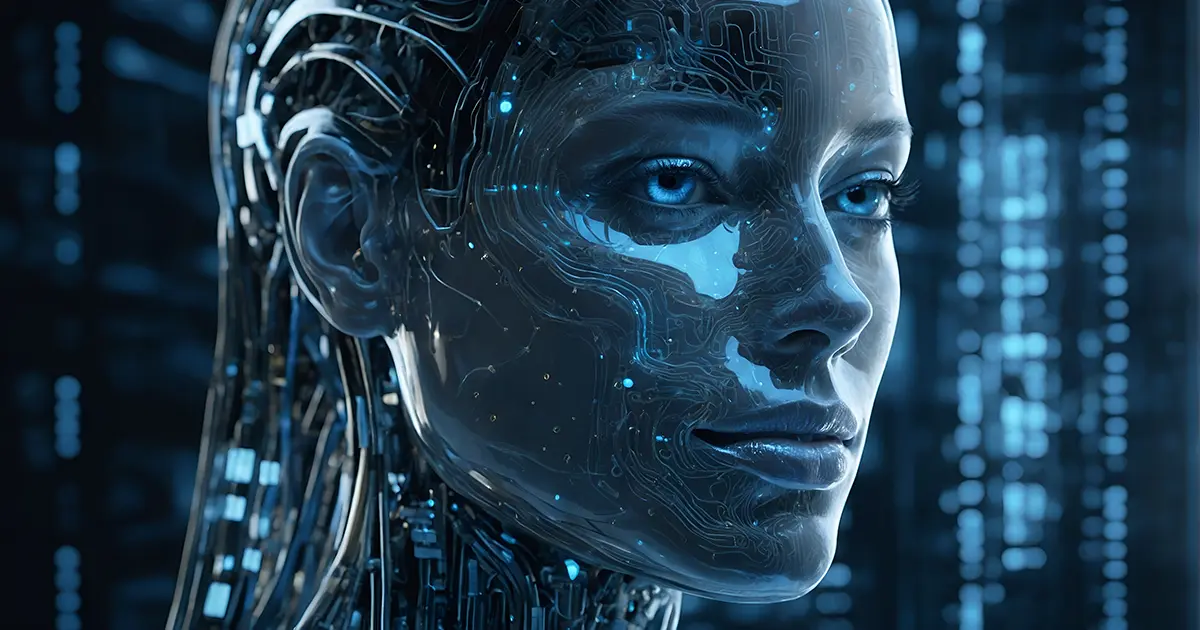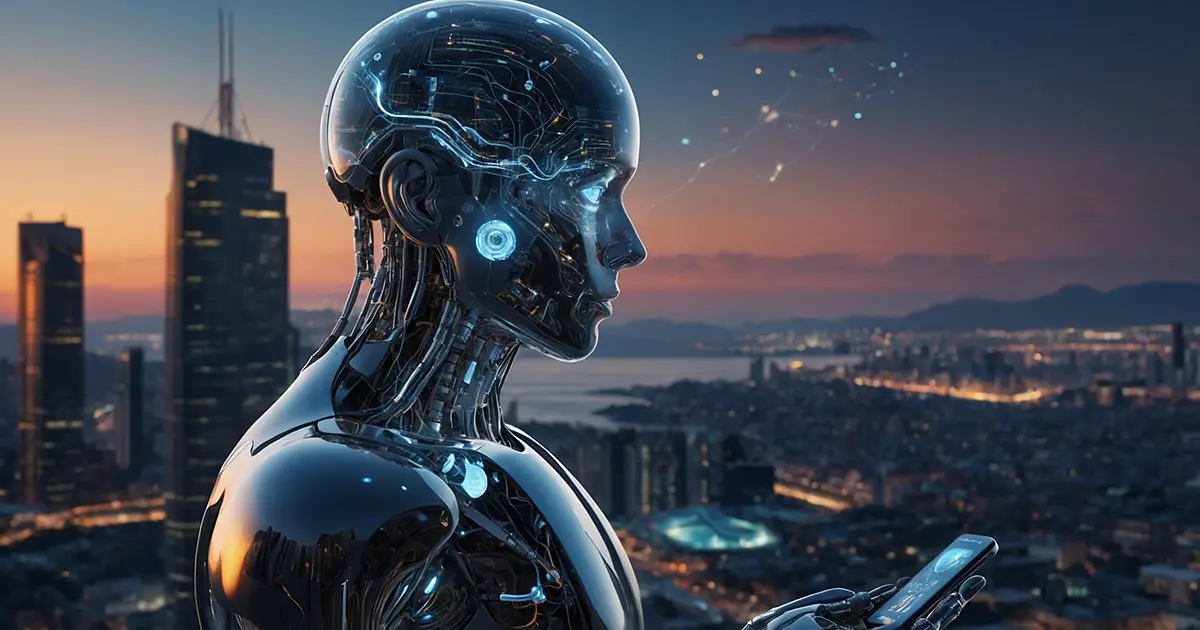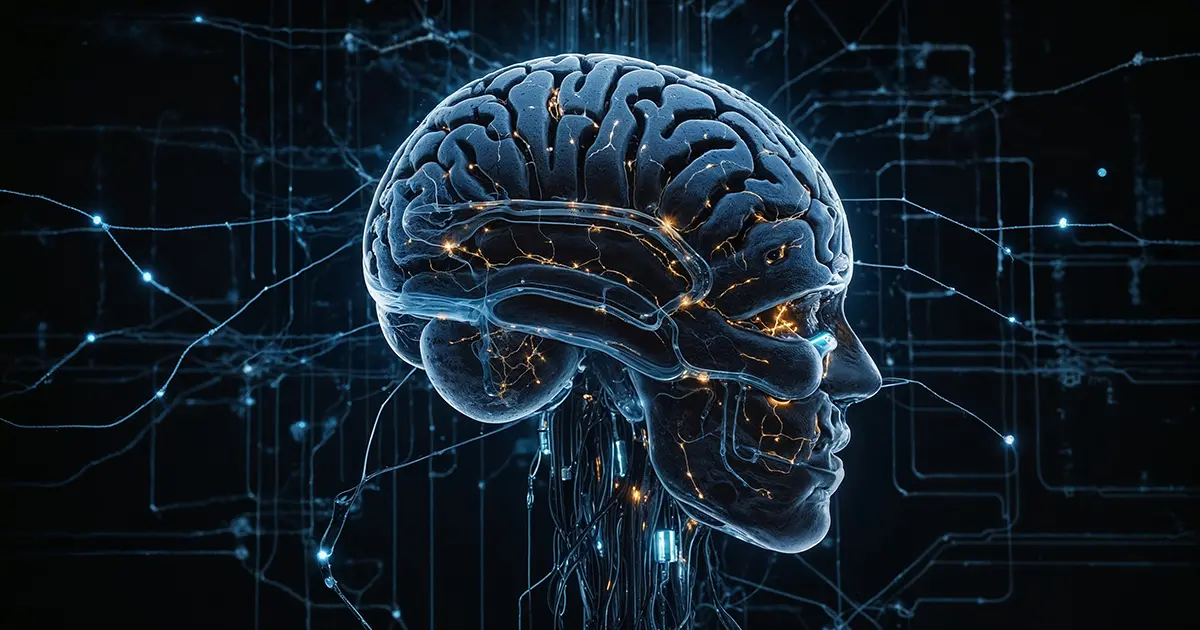Neural Networks: A Simple Introduction for Beginners
Neural networks are at the heart of artificial intelligence, helping machines learn from data by mimicking the workings of the human brain. They power everything from facial recognition to language translation. In this article, we’ll explore what neural networks are, their history, and how they’ve become part of everyday technology.
The origins of neural networks: How it all began
The idea of neural networks stems from an attempt to mimic the workings of the human brain. The concept dates back to the early 1940s, when Warren McCulloch and Walter Pitts created a mathematical model of neural activity that laid the groundwork for neural networks. They envisioned the brain as a network of interconnected neurons that processed information, laying the groundwork for how machines could be designed to “think.
Later, in the 1950s, Frank Rosenblatt developed the Perceptron, one of the first algorithms inspired by the workings of neurons in the brain. This single-layer neural network could perform simple tasks such as pattern recognition, but it had limitations. While promising, computing power and the understanding of complex neural systems were still in their infancy.
What is a neural network? Breaking it down
A neural network is a type of artificial intelligence that mimics the way our brain’s neurons interact. Just as our brain has neurons that send signals to each other, a neural network is made up of artificial neurons, also called nodes, connected by lines or edges. These nodes work together to process information and “learn” from data.
Neural networks are organized into layers:
- The input layer receives raw data, such as an image or a sentence.
- The hidden layers process the information. There may be one or more hidden layers, depending on the complexity of the task.
- The output layer produces the final result, such as identifying an object in an image.
Through a process called training, neural networks learn patterns in the data. They adjust the strength of the connections (weights) between neurons based on feedback. This feedback allows them to improve over time, making better predictions or decisions as they analyze more data.
There are several types of neural networks, each suitable for different tasks:
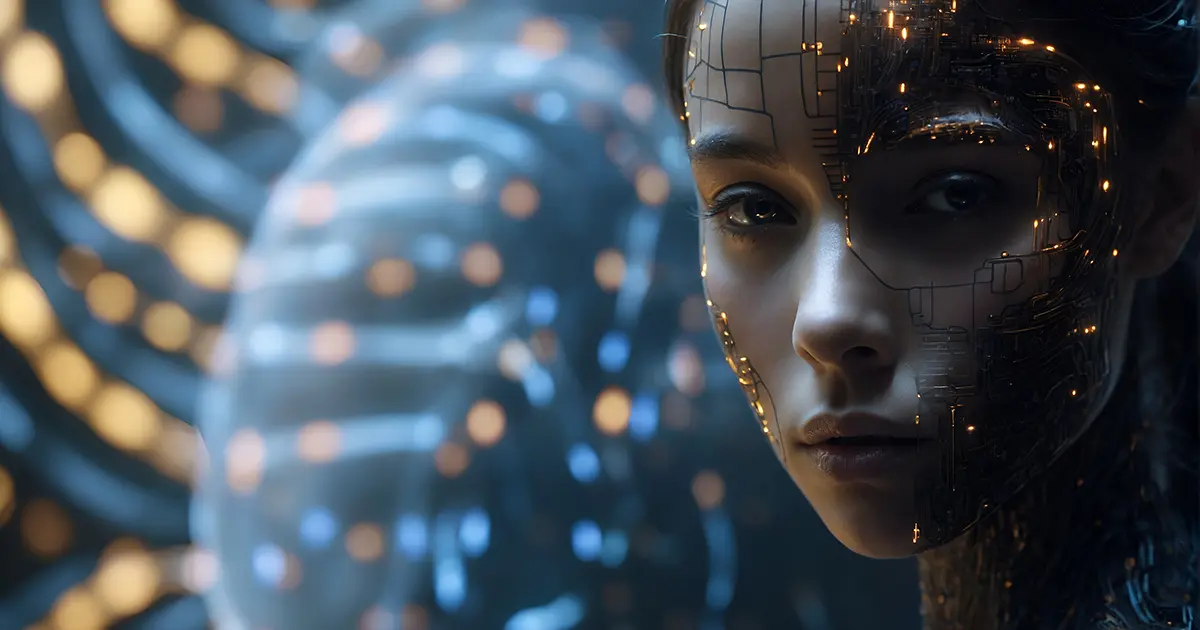
Key contributors and companies shaping neural networks
As neural networks have evolved, many brilliant minds and companies have contributed to their development. In the 1980s, Geoffrey Hinton’s work on backpropagation, a method that helps neural networks adjust their weights as they learn, revolutionized the field. His research provided the tools needed to train deeper, more complex networks.
Yann LeCun, another AI pioneer, advanced neural networks by applying them to handwriting digit recognition, eventually leading to the development of the modern convolutional neural network (CNN). These early breakthroughs paved the way for more advanced applications.
Companies like Google and OpenAI have been instrumental in pushing neural networks to new heights. Google’s DeepMind has used neural networks to create systems like AlphaGo, which beat human champions at the complex game of Go. Meanwhile, OpenAI has developed GPT models that can generate human-like text and understand language with unprecedented accuracy.
How neural networks work in everyday life
More than just a scientific concept, neural networks are deeply embedded in many technologies we use every day. When you use the facial recognition feature on your smartphone, neural networks are at work. They’re also behind language translation services like Google Translate, which interprets text between languages in real time.
Another practical example is the recommendation algorithms on streaming platforms like Netflix or Spotify. Neural networks analyze your preferences to suggest content you’re likely to enjoy. These examples show how neural networks affect our lives without us even realizing it.
Types of neural networks and their applications
Understanding the types of neural networks and where they’re used can give you an idea of their vast potential. Here’s a breakdown of some of the major types and their applications:
Feedforward Neural Networks (FNN): Simple prediction tasks such as classifying handwritten digits.
Convolutional Neural Networks (CNN): Used in image recognition, for tasks such as analyzing medical images.
Recurrent Neural Networks (RNN): Best for time-series data or natural language tasks, such as chatbots or speech recognition.
Generative Adversarial Networks (GANs): Create realistic images, such as transforming sketches into photorealistic images.
Each type has specific strengths that make it suitable for different types of problems. For example, CNNs are particularly powerful when dealing with visual data, while RNNs excel at understanding sequences of information.
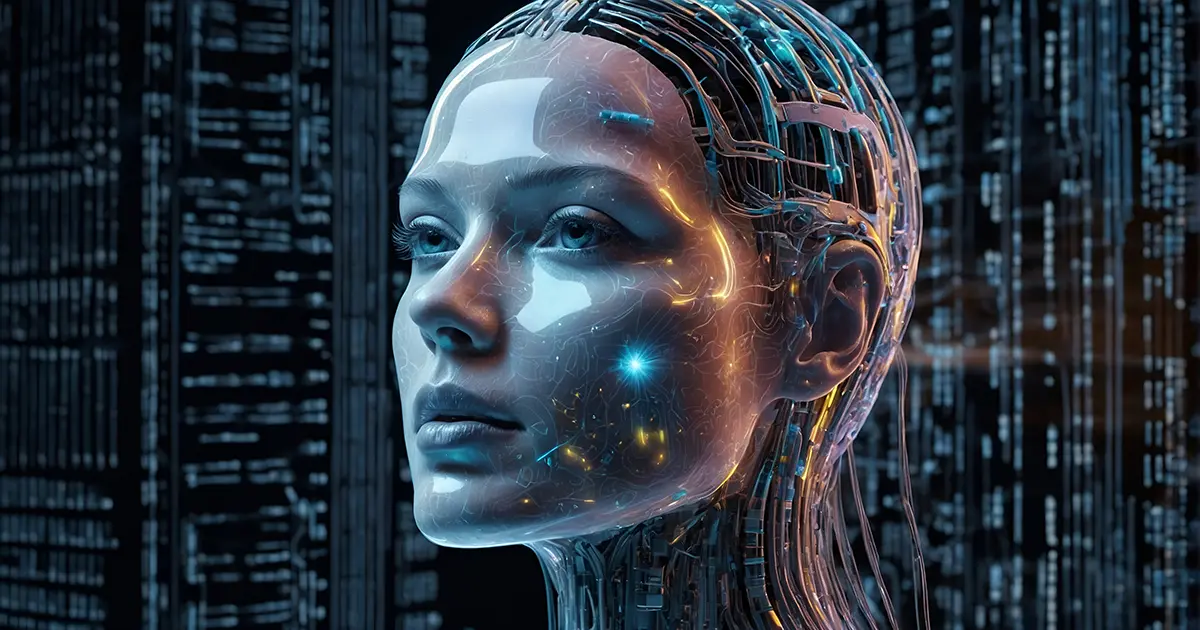
Key points to remember
Neurons and connections: Neural networks are made up of artificial neurons, similar to the biological neurons in the brain.
Learning and adaptation: These networks learn from data by adjusting the weights between neurons.
Different types for different tasks: Specific networks are designed for image recognition, text analysis, and more.
How neural networks will shape our future
As neural networks continue to evolve, their impact will only increase. Advances in computing power, coupled with better algorithms, mean that neural networks are likely to power even more innovative applications. Self-driving cars, for example, rely heavily on neural networks to analyze their surroundings and make split-second decisions.
In the future, neural networks could be central to breakthroughs in healthcare, helping doctors diagnose diseases from medical images or even predict patient outcomes based on vast amounts of data. As they improve, neural networks will open up new possibilities across industries.
A new era of intelligence
Neural networks represent a quantum leap in how machines can mimic human learning and decision-making. From their theoretical roots in the 1940s to the sophisticated systems we see today, neural networks are transforming industries and our daily lives. As we move into an AI-driven future, understanding these systems, even at a basic level, can help us adapt and harness their incredible potential.

